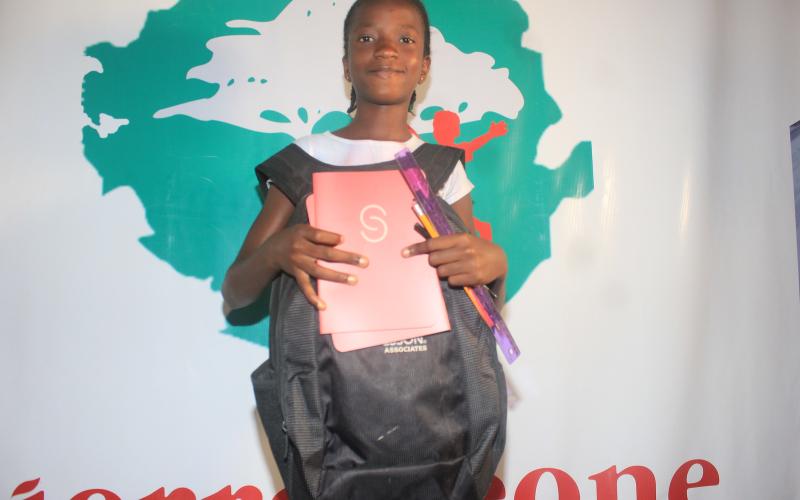
The issue of child sponsorship has been subject to debate for a number of years. Child sponsorship forms a substantial proportion of the financial income of many NGOs, enabling them to reach those most in need. There exist, however, a number of issues in the practice and delivery of child sponsorship programmes. Many NGOs have recently modified and adapted their child sponsorship programmes in order to take these issues into account.
Pros
- Child sponsorship is a unique way of fundraising that provides children from low-income communities with sustainable financial support, as well as supporting the communities that the children live in. Funds raised by child sponsorship provide the children and their communities with basic necessities, such as clean water, education, and health services, according to the specific needs of the child and the community.
- Children are often affected by situations that are out of their control and that they had no choice in, such as conflict and disasters. Child sponsorship directs funding to children in particular, helping to give them a more positive future.
- Financial gifts that are sent for a particular child often support local livelihoods and enterprises. For example, money may be sent to buy the child material necessities such as school books or a bicycle. The organisation’s officers that work at the grassroots level will be best able to determine what gifts will help the child most, and can buy these gifts locally, therefore supporting local workers as well as the sponsored child.
- Child sponsorship makes the process of donating highly individualised and personal. It helps to establish the notion that the individual can make a difference, and that the lives of individual children can be directly improved by one person’s financial contribution. The effects of the sponsorship money are very real for the children concerned, and have a huge impact on their lives. The financial support provided by the sponsor acts to empower the child. Child sponsorship also establishes a long term commitment on behalf of the sponsor to donate. This encourages a recurring donation with continuing benefits for the children, rather than a one off donation.
- In some organisations, sponsoring a child means that it is possible for the donated money to bypass managerial offices, going directly to those that it is intended to aid. Donors are able to have more direct communication with the officers working in the community at the receiving end of the child sponsorship process. Reducing the number of hands that the money passes through means that a larger proportion of the money will go directly to the receivers rather than be spent on administration.
- For many organisations, the money donated sponsors is combined with donations from other sponsors and donors, and used for community programmes in the locality of the sponsored child, meaning that all the community can be benefitted. This removes the potential for inequality in financial gain between different children and community members.
- Child sponsorship brings people together from many different cultural backgrounds and of different ages. Personal relationships are formed across large distances, both within the same country and internationally. As continued communication is encouraged between the child and their sponsor, the long-term relationships that are formed benefit both the child and the sponsor, who can be deeply emotionally affected by sponsoring a child.
Cons-
- In organisations that restrict the use of sponsorship money to the individual sponsored child, tension can be caused within the child’s community. As it is likely that there will be some children in the community who are sponsored and some who are not, those who are not sponsored may feel as though they are inferior and treated unfairly. Sibling rivalry and resentment may occur in families where one or more children are sponsored but their siblings are not. Parents may feel that their authority is being questioned or that it is diminished, and may ask why they are not allowed to use the sponsorship money to buy things for their children themselves. However, most organisations now use the sponsorship money to fund broader community-wide initiatives which are inclusive of all children, both sponsored and non-sponsored.
- The sponsors themselves may want their money to go to the one child in particular that they are sponsoring. While their donation may have a greater impact if combined with the donations of others to fund community programmes, this may not be want the sponsor had envisaged
- If sponsors discontinue sponsorship, or the sponsorship programme comes to an end, the children may not understand the reasons why this has happened and feel as though they are to blame. Furthermore, children and sponsors may feel a sense of loss and upset if communication between them stops.
- Sponsorship programmes are often an expensive way of fundraising, as extra time and staffing is required to maintain the programmes. For example, most organisations promise potential sponsors continued communication from the sponsored child. Many of the children would need help to write letters to their sponsors, and in some cases translation will be required. Members of the local community are required to help inform the organisation of the child’s progress and to ensure correspondence. Furthermore, some organisations monitor correspondence that comes from the sponsors to the children, in order to retain a politically neutral position.
- The sponsored children are often chosen by elected members of the community, who are able to help identify those who are most in need. However, this process depends on the elected members of community being fair and unbiased in their selection of the children. In some communities, there may be pre-existing imbalances in the community, related, for example, to gender, age or class.
- The long-term wellbeing of children largely depends on what kind of life their parents are able to lead. In some circumstances, a monthly donation may not be enough to permanently change a single child’s future, as there are many other factors to take into consideration.
By Megan Kinsey

